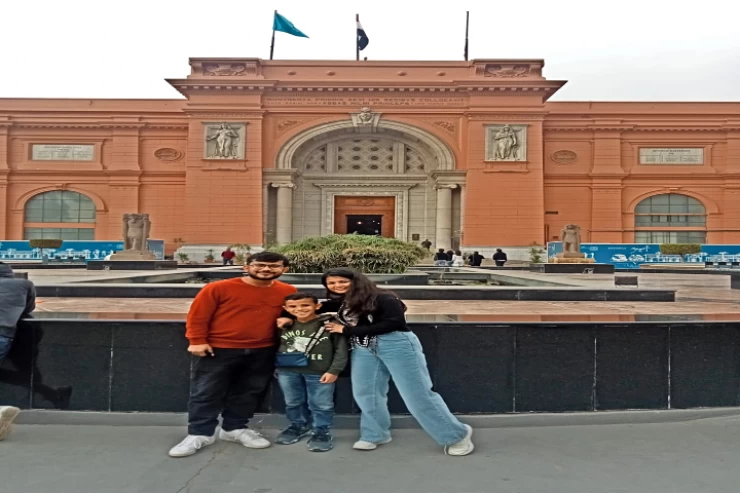 _ ancient Egypt-webp.webp)
The Reign of Ptolemy II (Philadelphus)
The Reign of Ptolemy II (Philadelphus)
The Greek name Ptolemy Philadelphos’ translates to “the one who loves his sister’ and bears years of birth and death from 309 BC to Juanuary 29, 246 BC. He held the title of the King of Ptolemaic dynasty who ruled over Egypt between 281-246 Bc. He was born as a child of King Ptolemy I and Queen Bernike.
The material wealth and appreciation for literature at the Alexandrian court reached its peak during the reign of Ptolemy II. After her death (270 BC), Ptolemy was known as Philadelphus thanks to his parents and sister-in-law. This title which referred to Ptolemy II himself was later generations, however, referred to Arsinoe and not to the king.
Ptolemy II was born on the island of Kos (in the Aegean Sea) and married his sister Arsinoe I in accordance with the custom of the pharaohs. He was born on the island of Kos (in the Aegean Sea) and married his sister Arsinoe I. In 285 BC, his father entrusted him with his reign, bypassing his older brother Ptolemy Crownos, the thunderbolt, and ascended the throne of Egypt in 283/282 BC, and married Arsinoe II in 276/275 BC.
Throughout his reign, Egypt strengthened its dominion over the assets of the Aegean Sea. The First Syrian War (276-272) saw him conquer parts of Syria and Asia Minor, concluding the war with the Seleucids by marrying his daughter Bernicke to Antiochus II in 252 BC.
In his lifetime, he took a keen interest in East Africa and the Arabian Peninsula and provided them with garrisons to secure the centers of world trade for his state. He is credited with most of the financial systems and the construction of the Alexandria Lighthouse, the House of Science, the famous library, and other economic facilities. Ancient Peloponnese records that Ptolemy II sent an ambassador named Dionysius to the Mauryan court at Pataliputra in India, most likely to Emperor Ashoka.















